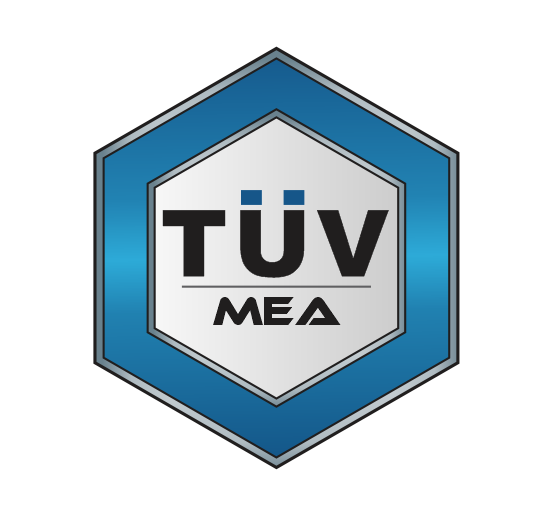ISO 31000:2018
ISO 31000:2018 is an international standard that provides guidelines and principles for effective risk management in organizations. It offers a framework for identifying, assessing, managing, and monitoring risks in a systematic and comprehensive manner. Here’s an introduction to ISO 31000:2018 and its benefits:
Introduction:
ISO 31000:2018, titled “Risk Management – Guidelines,” is the second edition of the ISO 31000 standard, replacing the original ISO 31000:2009 version. The standard was developed by the International Organization for Standardization (ISO) and is widely recognized and adopted internationally.
The primary purpose of ISO 31000 is to assist organizations in establishing a robust and integrated risk management framework that can be tailored to their specific needs, objectives, and context. It is a flexible and principles-based standard, emphasizing that risk management should be an integral part of an organization’s decision-making processes and overall governance structure.

Benefits
ISO 31000 helps organizations make better-informed decisions by providing a structured and systematic approach to risk management. It encourages a proactive attitude towards risk and allows organizations to assess potential risks and opportunities more comprehensively, leading to more informed choices.
: The standard promotes effective risk management as an integral component of an organization's governance structure. This helps ensure that risk management is embedded in the organization's culture and decision-making processes, ultimately leading to more responsible and accountable practices.
ISO 31000 enables organizations to identify and manage risks effectively, making them more resilient to unexpected events and disruptions. This can help organizations better navigate crises and uncertainties, ensuring continuity and stability.
By systematically assessing and prioritizing risks, organizations can allocate their resources more efficiently. ISO 31000 aids in identifying which risks require immediate attention and which ones can be managed over the longer term.
Implementing ISO 31000 can enhance an organization's reputation and stakeholder confidence. Demonstrating a commitment to sound risk management practices can attract investors, customers, and partners who are more likely to trust and engage with the organization.
Adhering to ISO 31000 can help organizations meet legal and regulatory requirements related to risk management, ensuring they are in compliance with relevant laws and standards.
Through the identification and management of risks, organizations can reduce the likelihood of costly incidents, such as accidents, legal disputes, or operational failures. This can lead to cost savings and more efficient operations.
ISO 31000 encourages a culture of continuous improvement in risk management. Organizations are encouraged to regularly review and update their risk management processes, adapting them to changing circumstances and lessons learned.
ISO 31000 is recognized internationally, which can be particularly beneficial for organizations operating across borders or seeking to align their risk management practices with global standards
